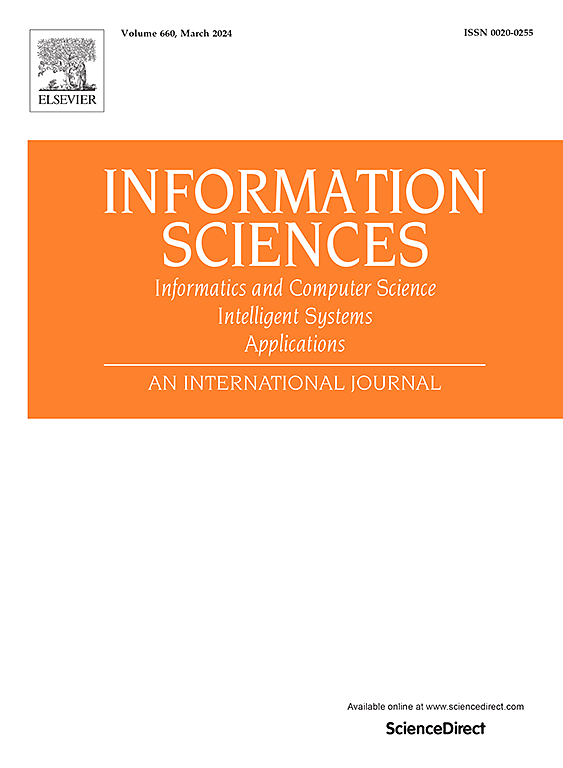基于gan的多模态关注对齐网络在社交媒体危机事件分类中的应用
IF 6.8
1区 计算机科学
0 COMPUTER SCIENCE, INFORMATION SYSTEMS
引用次数: 0
摘要
社交媒体已经改变了信息共享和传播的方式,特别是在灾难事件检测的背景下。数据密集型视觉语言模型在紧急响应检测任务中取得了最先进的结果。到目前为止,该领域的大多数事件检测方法都侧重于文本和图像的联合分析方法,而忽略了社交媒体上文本和图像信息的差异。在本文中,我们提出了一种方法,使用预训练模型为每个模态构建具有多级特征的多级输入。该方法以分层的方式提取不同类型的社交媒体内容之间的微妙联系,利用一种新的跨注意机制进行多模态表示融合。此外,我们的方法结合了一个基于gan的跨模态对齐模块,进一步增强了模型处理多模态数据的能力。我们的方法在两项与危机相关的任务上优于强基线,在提高灾害响应和管理的效率和准确性方面显示出巨大的潜力,为未来的救灾工作提供有力支持。本文章由计算机程序翻译,如有差异,请以英文原文为准。
GAN-based alignment multilevel attention network for multimodal classification of crisis events in social media
Social media has changed the way information is shared and disseminated, especially in the context of disaster events detection. A data-intensive vision-language model has achieved state-of-the-art results on emergency response detection tasks. Until now, most event detection methods in this area have focused on joint analysis approaches for text and image but have overlooked the disparity between text and image information on social media. In this paper, we propose an approach employing a pre-trained model to construct multilevel inputs with multilevel features for each modality. This approach extracts subtle connections between different types of social media content in a hierarchical manner, utilizing a novel cross-attention mechanism for multimodal representation fusion. Additionally, our method incorporates a GAN-based cross-modal alignment module, further enhancing the model's capability in handling multimodal data. Our method outperforms a strong baseline on two crisis-related tasks and shows great potential to improve disaster response and management efficiency and accuracy, providing strong support for future disaster relief efforts.
求助全文
通过发布文献求助,成功后即可免费获取论文全文。
去求助
来源期刊

Information Sciences
工程技术-计算机:信息系统
CiteScore
14.00
自引率
17.30%
发文量
1322
审稿时长
10.4 months
期刊介绍:
Informatics and Computer Science Intelligent Systems Applications is an esteemed international journal that focuses on publishing original and creative research findings in the field of information sciences. We also feature a limited number of timely tutorial and surveying contributions.
Our journal aims to cater to a diverse audience, including researchers, developers, managers, strategic planners, graduate students, and anyone interested in staying up-to-date with cutting-edge research in information science, knowledge engineering, and intelligent systems. While readers are expected to share a common interest in information science, they come from varying backgrounds such as engineering, mathematics, statistics, physics, computer science, cell biology, molecular biology, management science, cognitive science, neurobiology, behavioral sciences, and biochemistry.
 求助内容:
求助内容: 应助结果提醒方式:
应助结果提醒方式:


